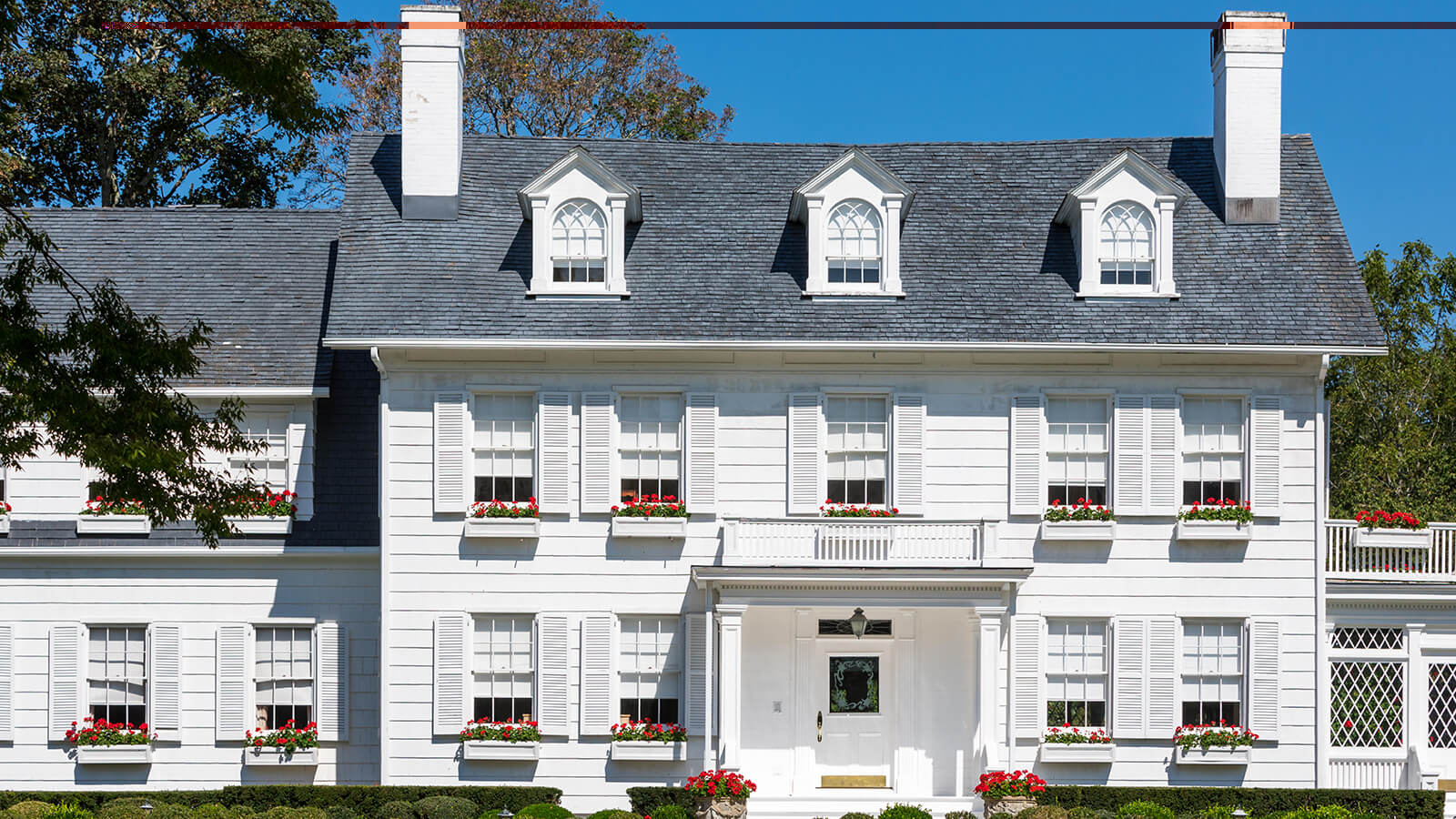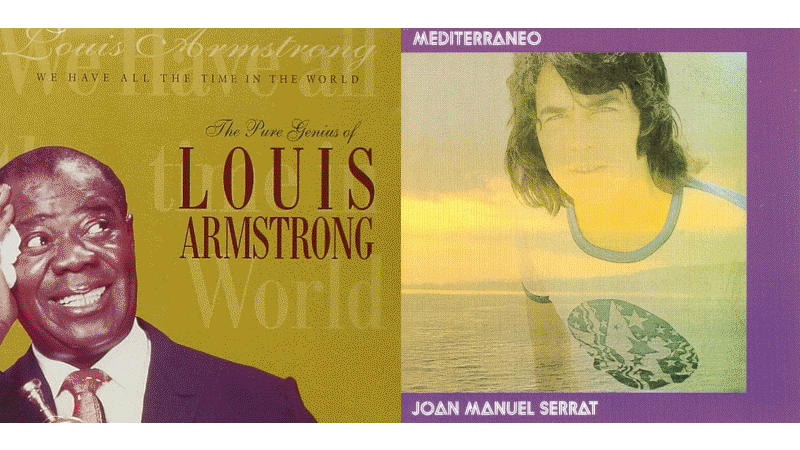How The Hamptons Became Home To The Power Elite
To celebrate Dua’s Monthly Read for January, The Guest by Emma Cline, we take a look at how the Hamptons – the setting of this eternally tense novel – became a destination for the ultra-wealthy…
Each summer the power elite of New York City reconstruct themselves in the Hamptons on Long Island’s South Fork. This community of the hyper-wealthy is Cline’s canvas for The Guest, where you can’t park near the beach without a resident pass, where bags, bikes, and unlocked cars are left unattended because, as Cline writes, it is, “A system that existed only because everyone believed they were among people like themselves.”
The Hamptons’ monied have their ‘vacay’ homes, with varying degrees of fanciness, depending on whether the towns are north or south of the infamously narrow and gridlocked Montauk Highway. Southampton is old money Conservative. Bridgehampton and East Hampton Village are newer money. The hamlet, Amagansett, known for its artist residents (from Joseph Heller to Paul McCartney to Gwyneth Paltrow) has a hipper vibe. Arthur Miller and Marilyn Monroe escaped the press (temporarily) at a converted windmill at 64 Deep Lane, where Marilyn prepared for Some Like It Hot. East Hampton will forever be immortalised in the 1976 documentary Grey Gardens.
Once farming, fishing and whaling communities, the expansion of the Long Island railroad in the late 19thcentury brought wealthy New Yorkers keen to escape the city heat. This was America’s ‘gilded age’ of rapid economic growth (and corruption, hence ‘gilded’). In the Hamptons, oceanfront estates shot up on land considered least workable for farming (land that had already been grabbed from the Shinnecock Indian Nation by the English and Dutch in the 17th century). In the 1980s, the economic boom of the Reagan years brought new millionaires and hedonistic excess. Farmland became exclusive building sites, pricing out locals even further. ‘Hollywood East’ was born when celebrities from the worlds of film, fashion and media moved in. As money breeds money, this exclusivity has only multiplied, and now the Hamptons holds some of the costliest real estate in the world. The workers who create the frictionless world you find in The Guest must commute in – many of them living further west in the Long Island suburbs.
But there’s more than a gilded surface to the Hamptons. Its beauty has also created a history of artists and writers’ colonies from the 20th century to the present day. Originally renting or buying cheap bungalows and cottages, this tradition can be seen most pointedly to the north of that Montauk highway. Springs was once the heart of the American abstract expressionist movement with residents Jackson Pollock, Willem de Kooning and John Ferren. Pollock died in a car crash on Springs-Fireplace Road in 1956. Lou Reed and Laurie Anderson had a home here, where Lou returned to die looking at the trees in his garden, in 2013.
Sag Harbor has an even more fascinating history. Yes, writers such as John Steinbeck were residents until he died in 1968, but in the mid-20th century, it also became the site of Azurest, 70 lots on a private beachfront for Black professionals, designed by pioneering Black architect Amaza Lee Meredith. Soon other Black neighbourhoods formed, collectively known as Historic Black Beachfront Communities (HBBC). Figures such as Langston Hughes, Harry Belafonte, Duke Ellington and Lena Horne would visit and create. Colson Whitehead spends his summers there; his novel, Sag Harbor, was published in 2000.
The Shinnecock Indian Nation have approximately 1,589 enrolled tribal members, about half living on the Reservation at Shinnecock Neck in Southampton. In the Algonquian language, ‘Shinnecock’ roughly translates as ‘people of the stony shore’. Today they continue the fight to protect what remains of their original land here. The 2019 documentary, Conscience Point, follows this ongoing battle, highlighting the tireless work of Shinnecock activist, Rebecca “Becky” Hill-Genia. Meanwhile, Southampton properties such as the beachfront mansion La Dune, are listed at $150 million.
Read More About The Guest



